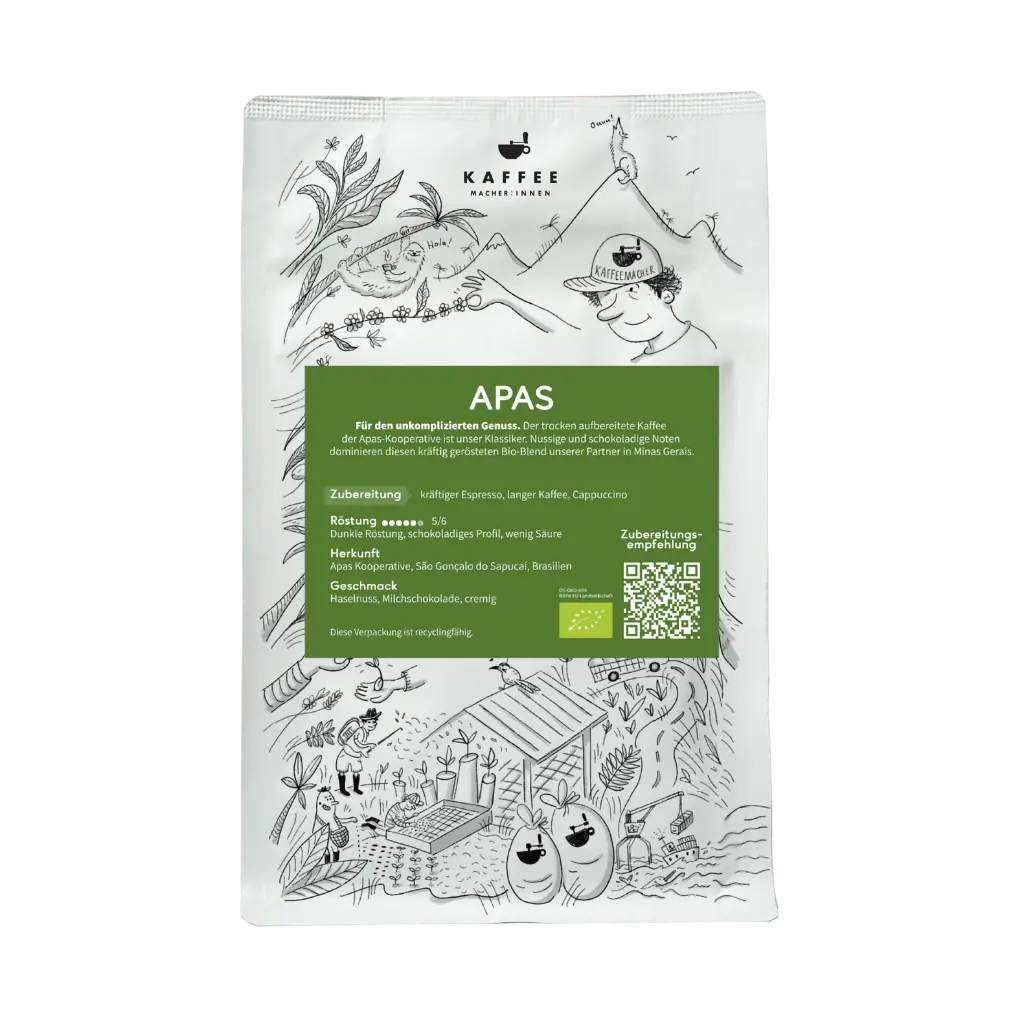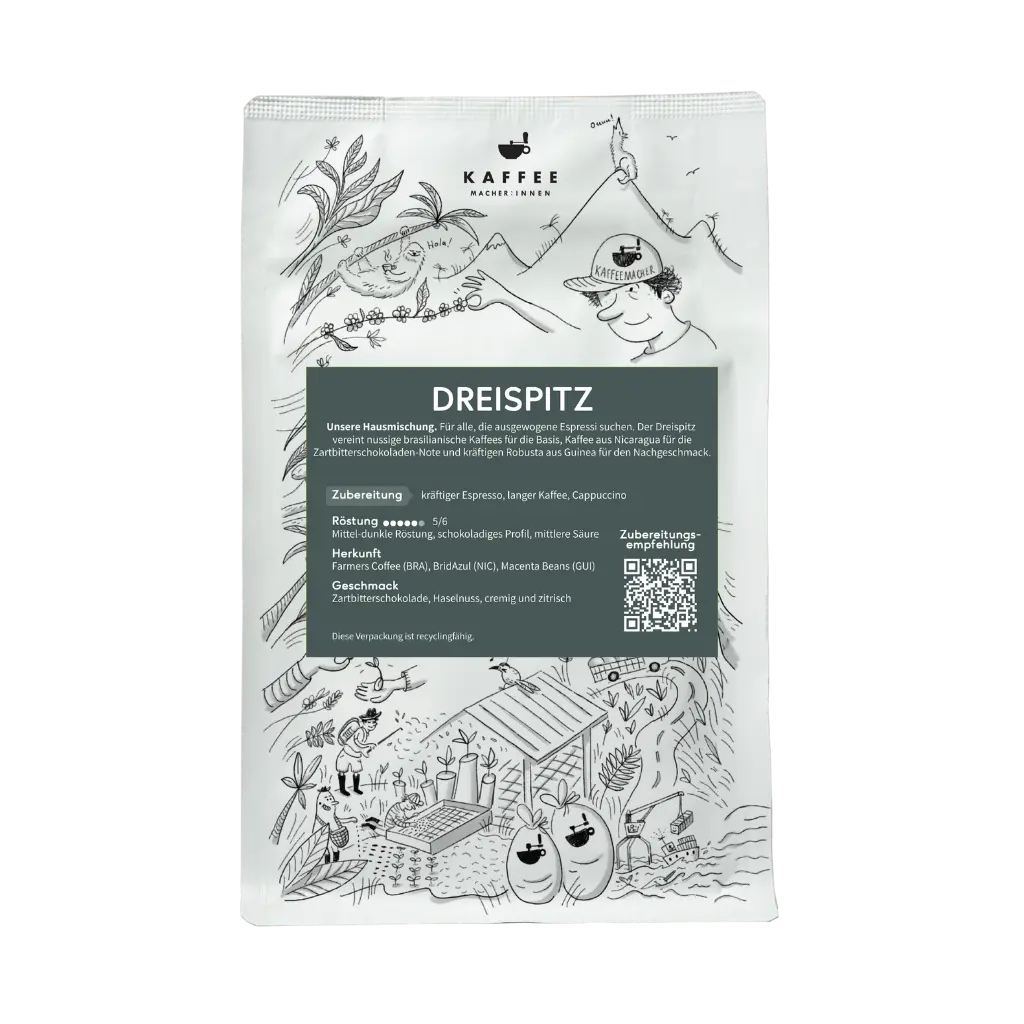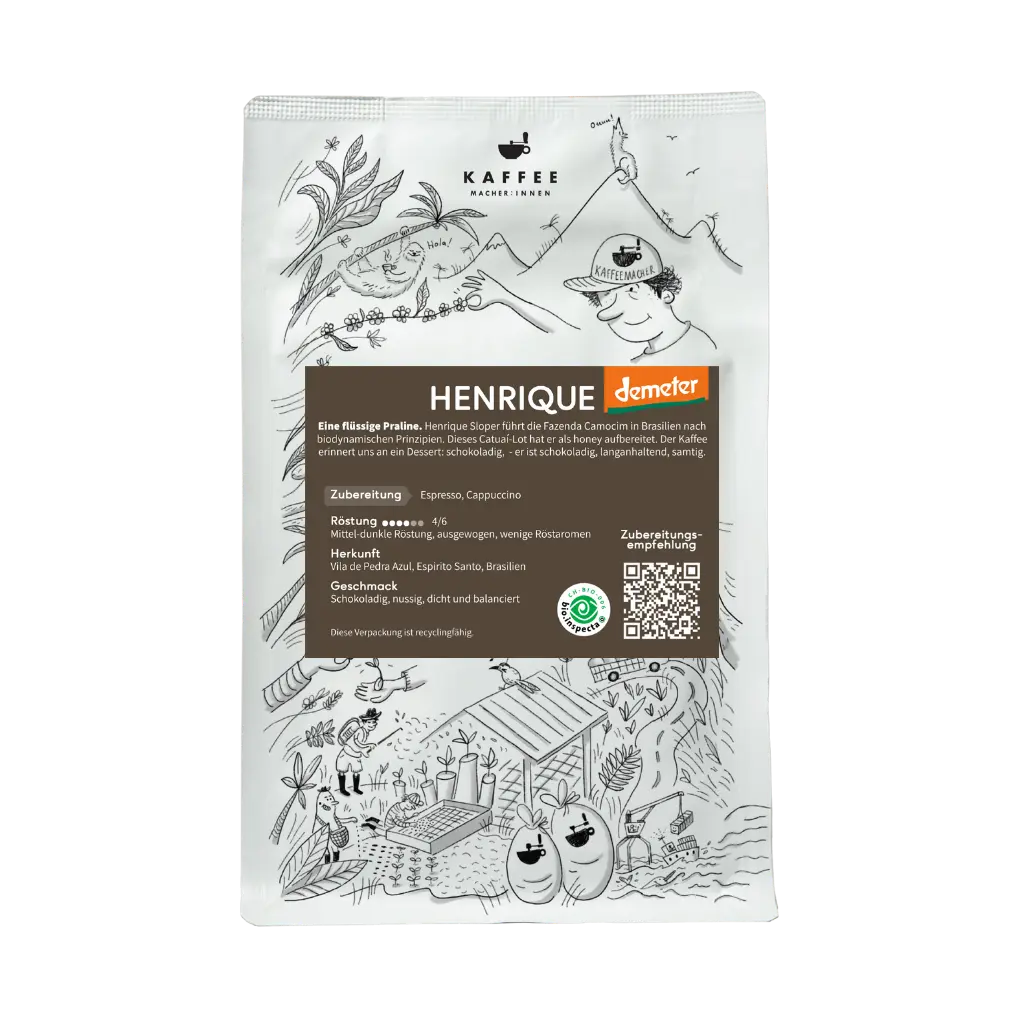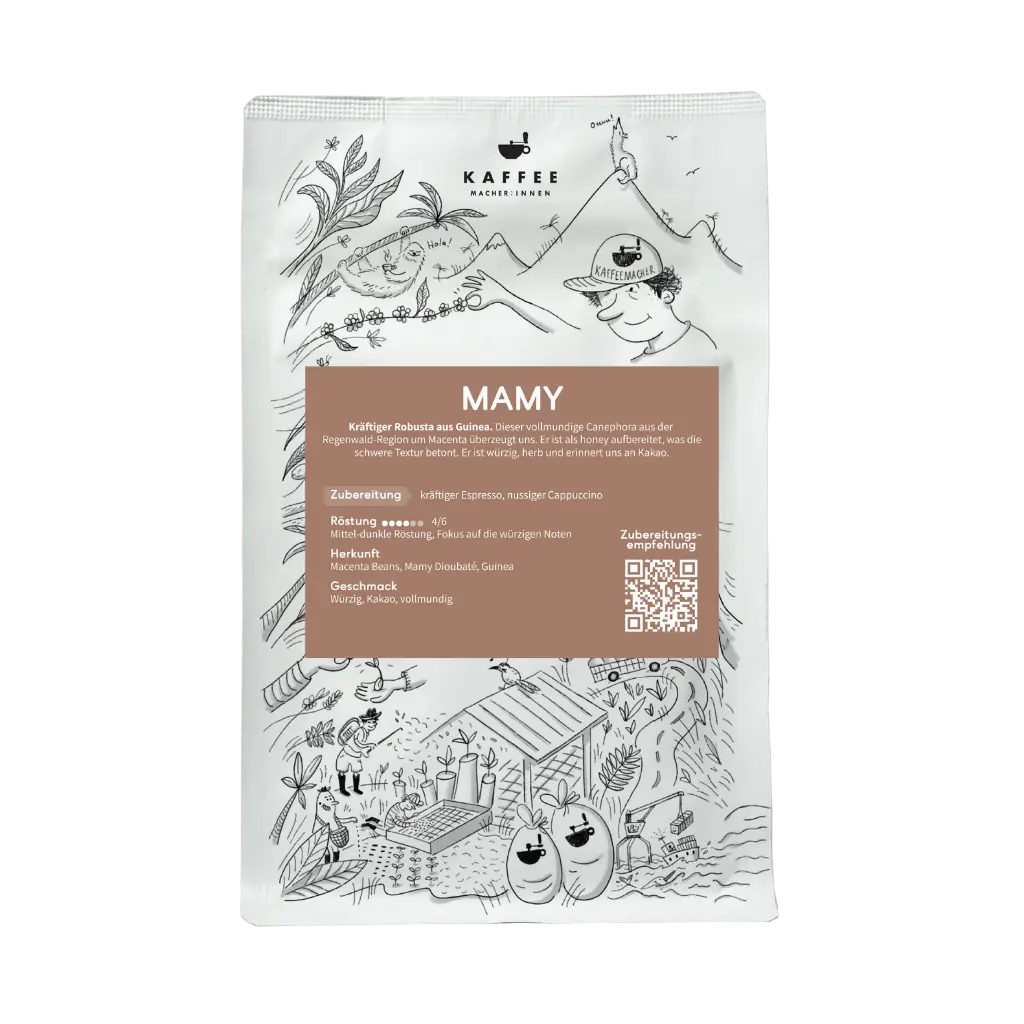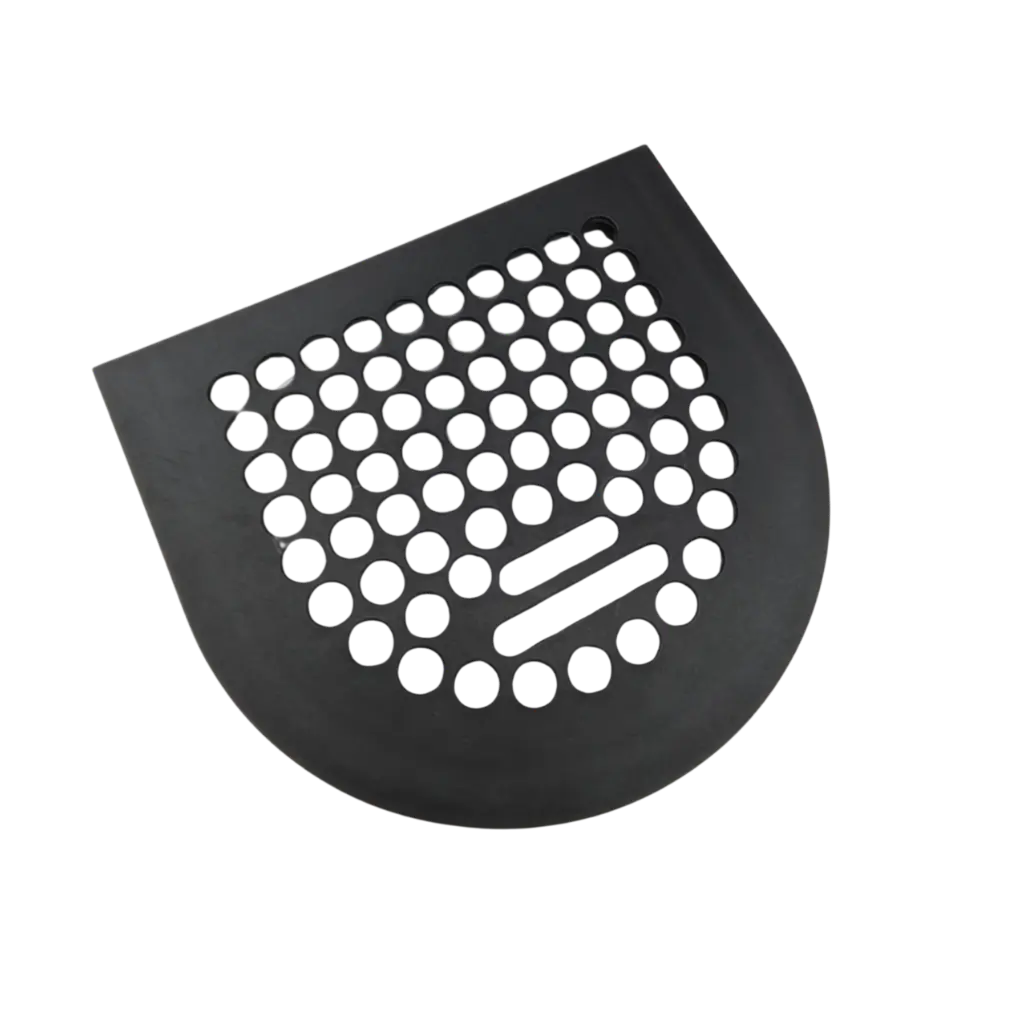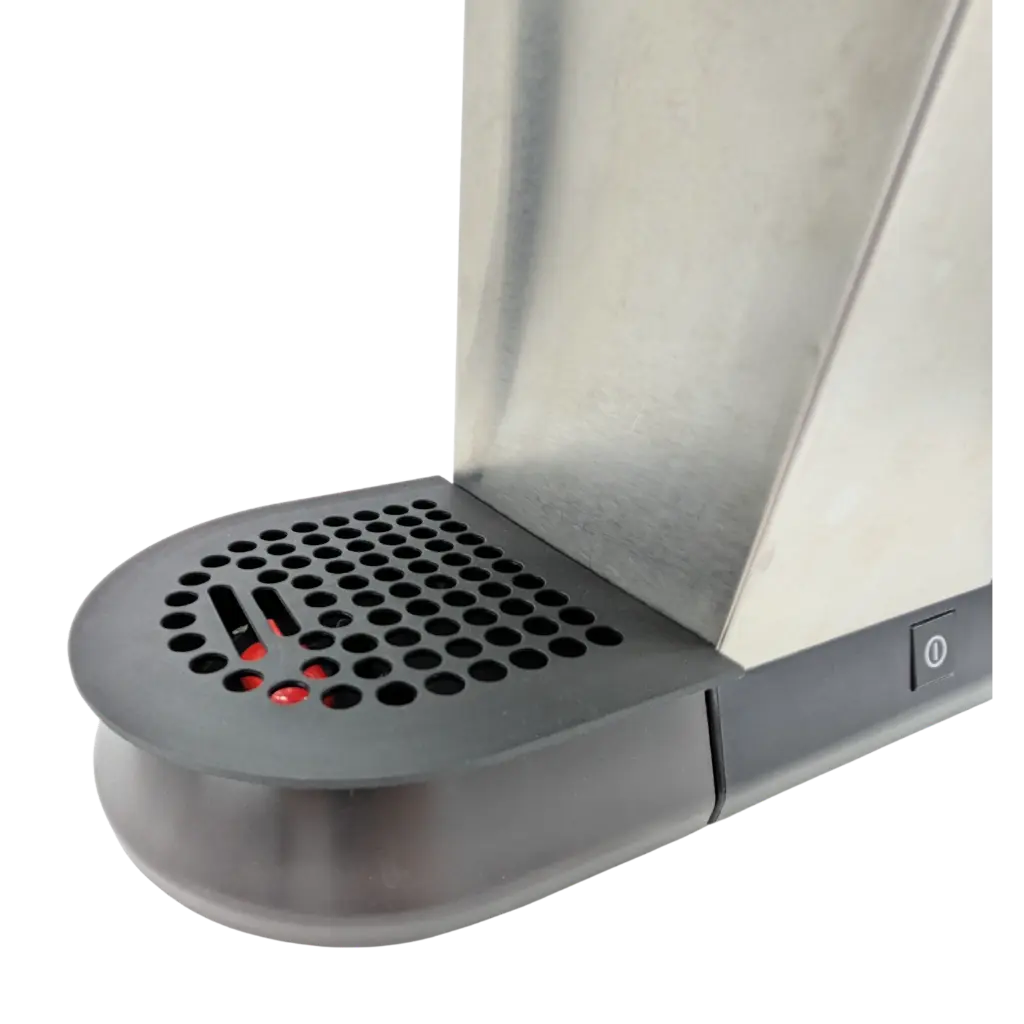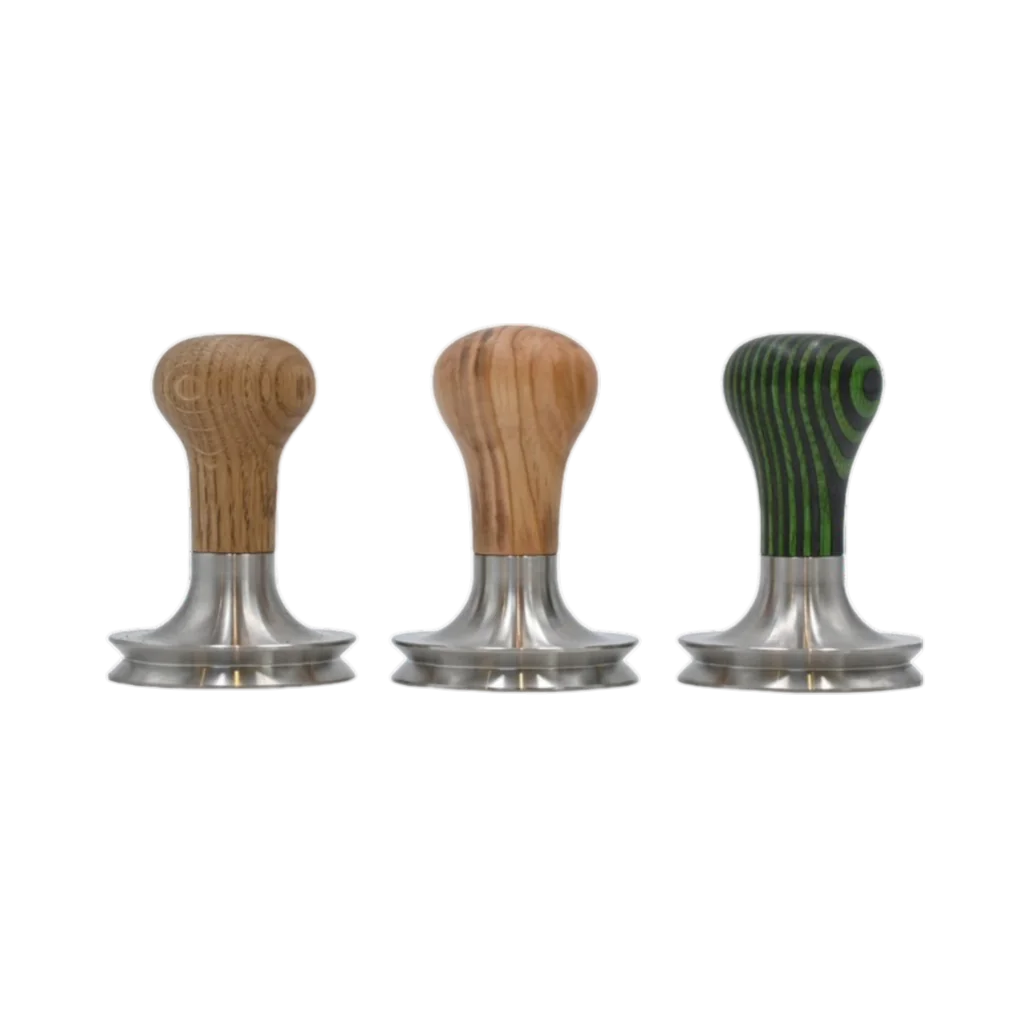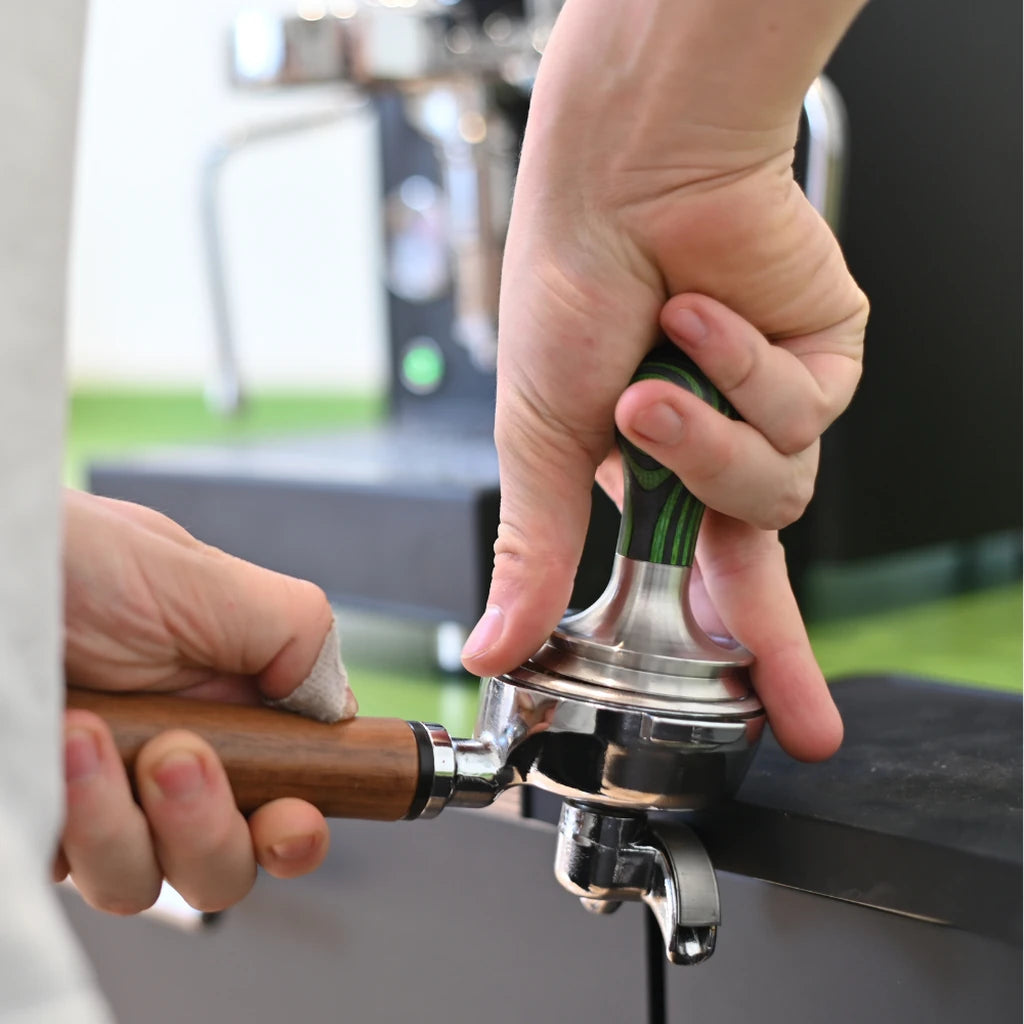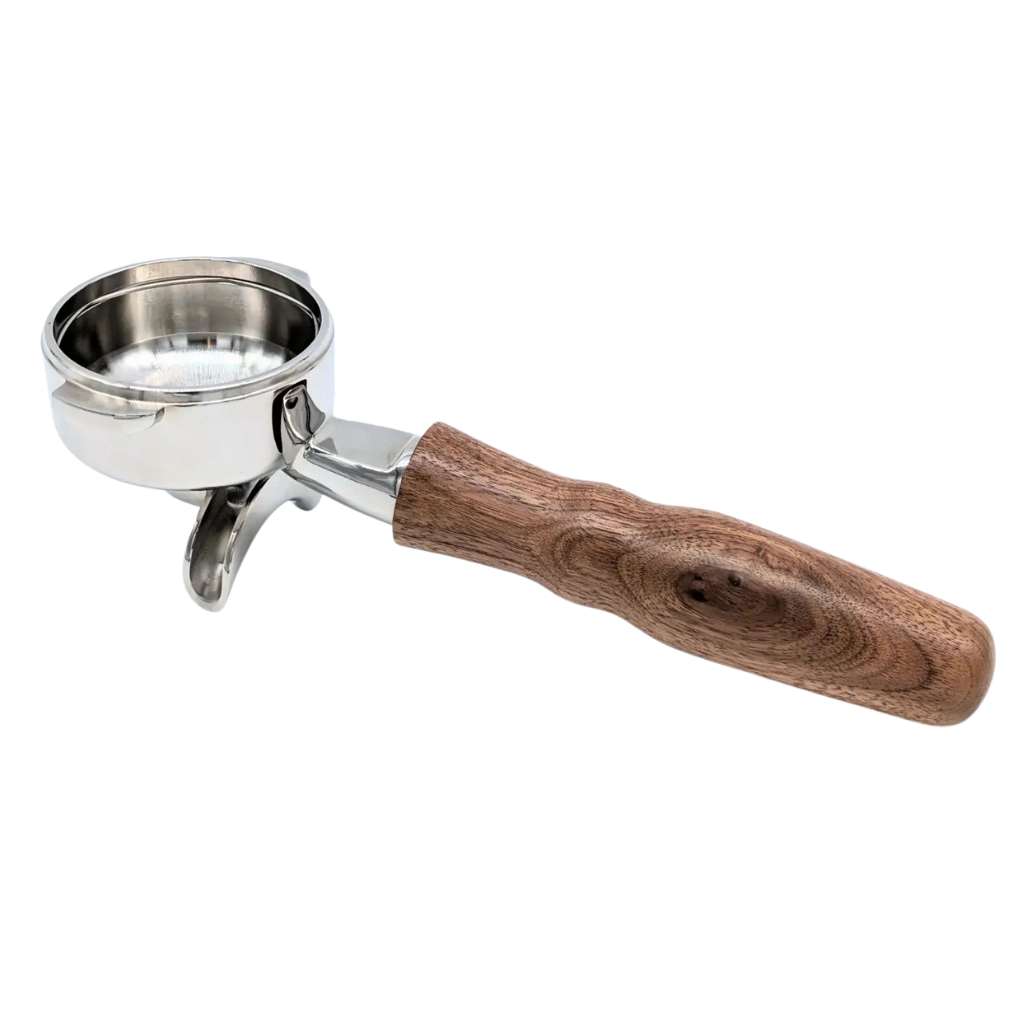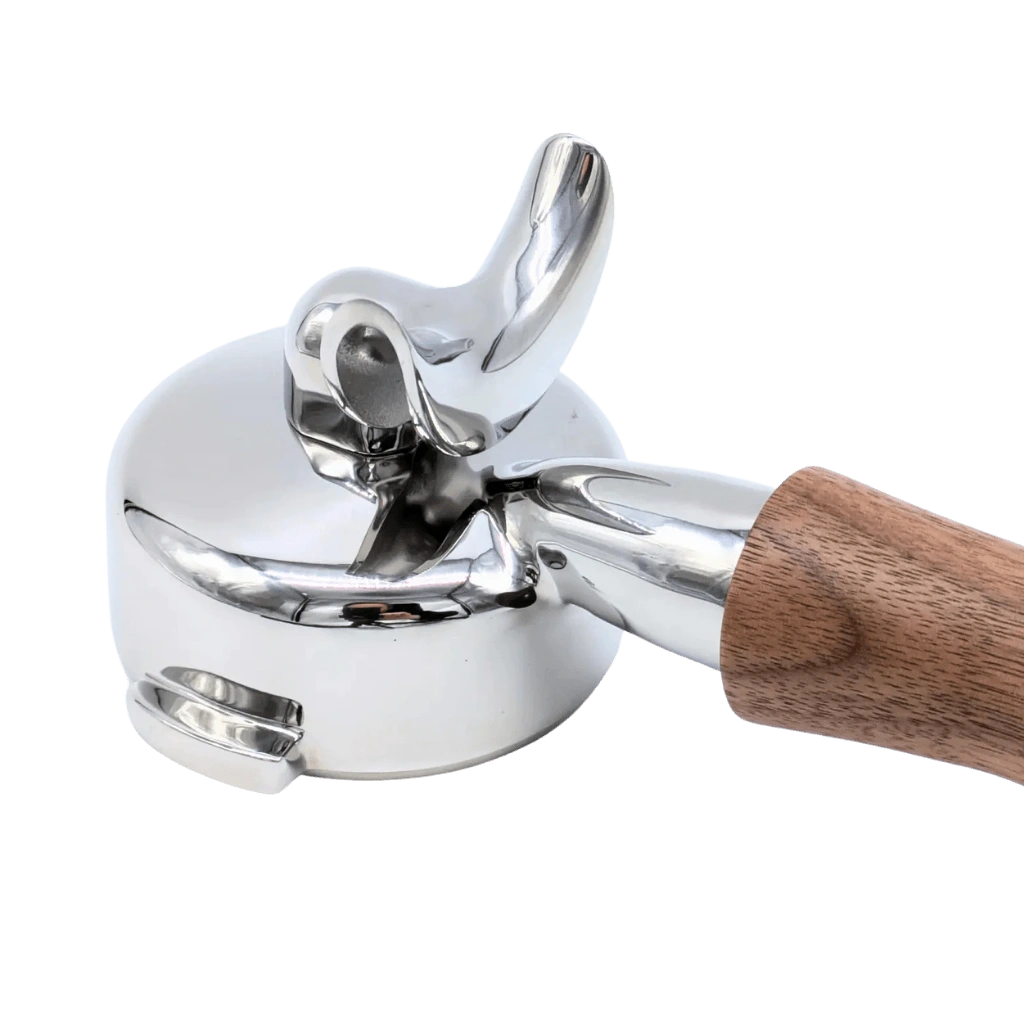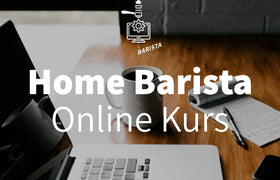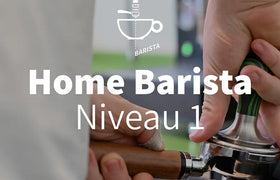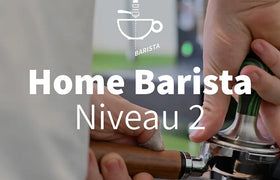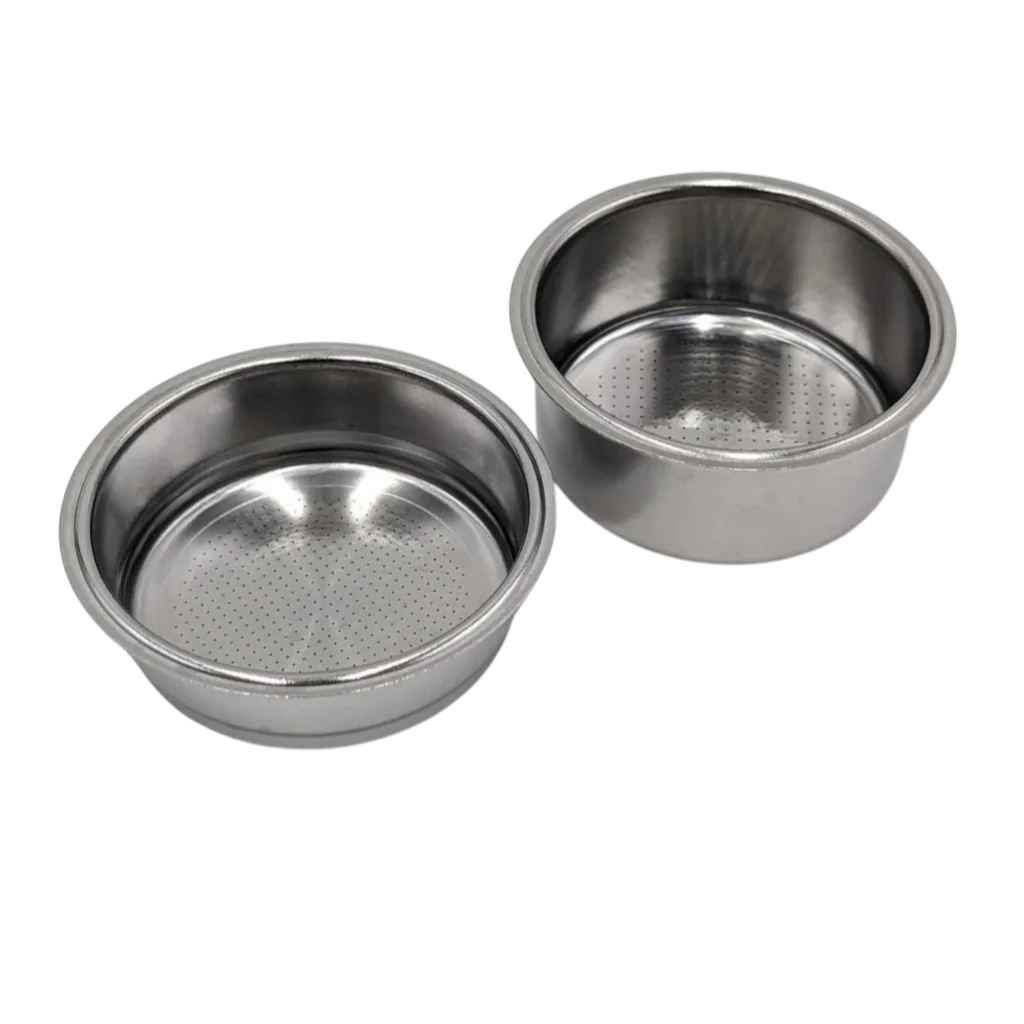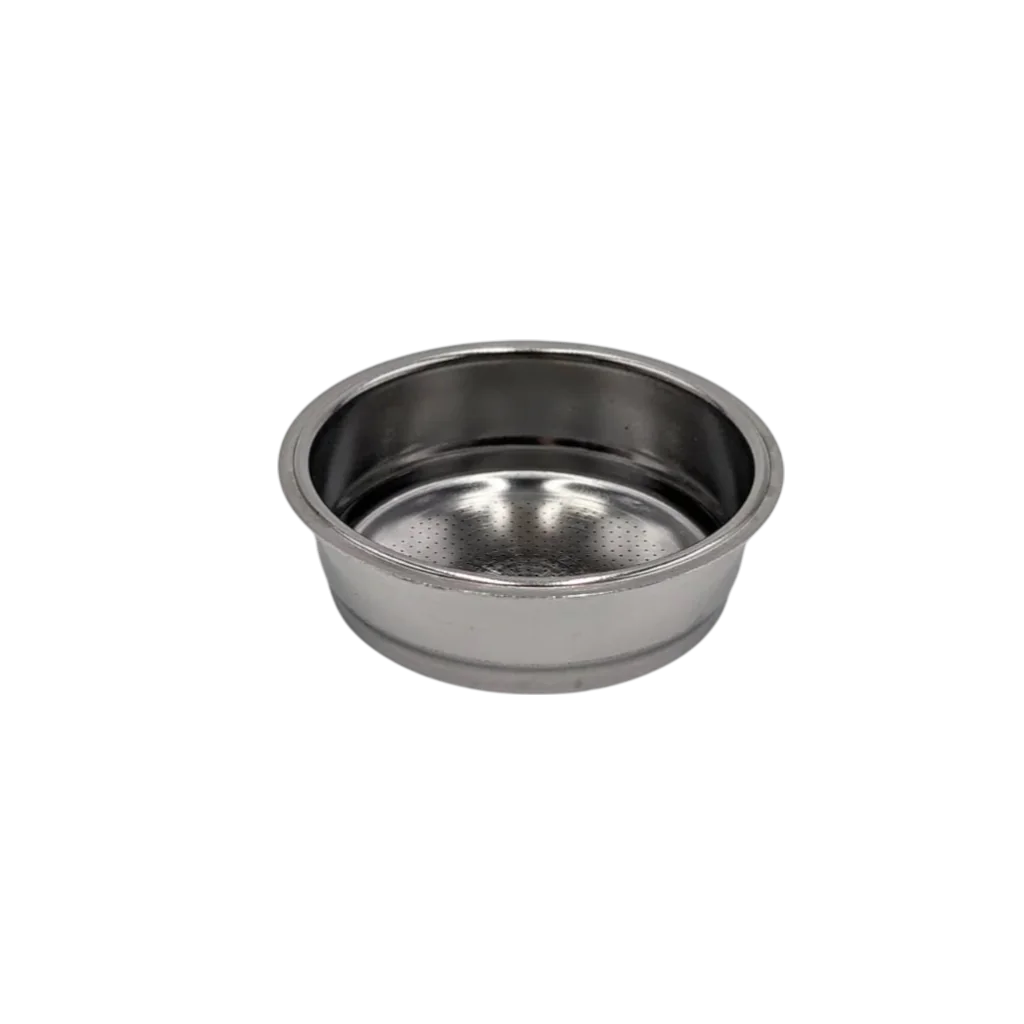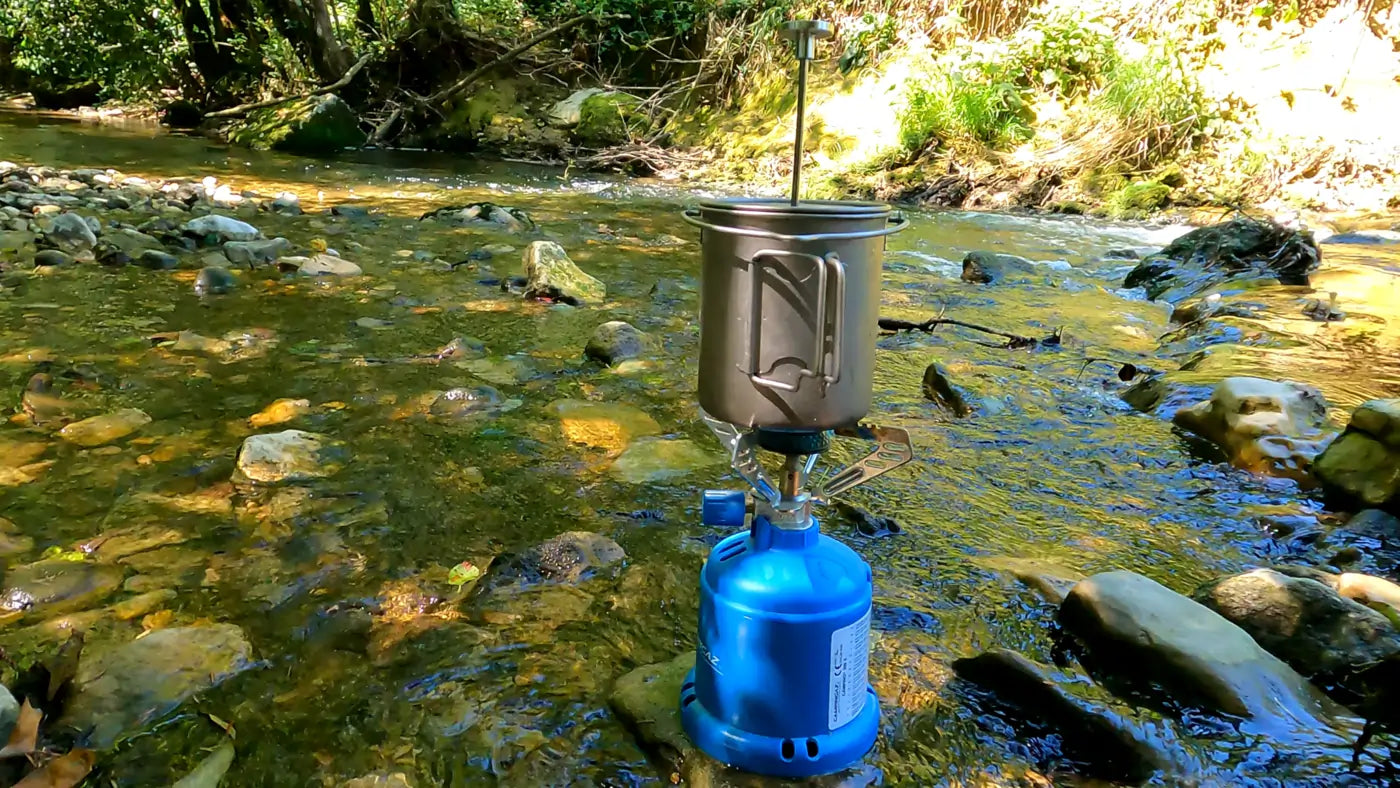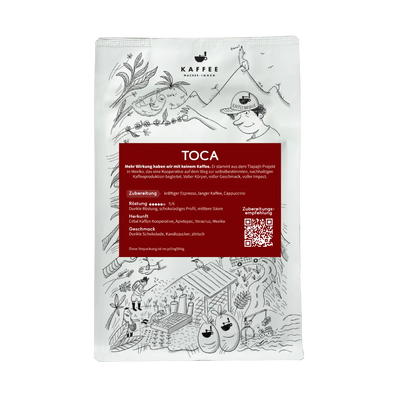Those who travel and are on the go are often confronted with the harsh and tasteless reality of coffee. Undrinkable coffee on vacation, even in the most beautiful places, is on the list of things we'd rather avoid. That's why we want to remedy that with this guide.
We'll give you essential tips on how to make great coffee on the go. The recommended brewing methods and recipes work just as well on hikes as they do on multi-day bike tours or kayaking trips. Tips for coffee in your RV are also included.
But coffee brewing methods and recipes are only one side of the coin. The right water, fresh grinding, and heating the water are the real challenges for anyone who wants to brew coffee on the go.
This review, like all our reviews, is independent and unsponsored. We purchase our review devices. Wherever we discuss items from our store, we make this clear.
The author of this article was a German coffee sensory champion and a Swiss filter coffee champion. Yes, such championships exist. He has been working with coffee for 15 years and founded the Kaffeemacher:innen (coffee makers) out of his passion for the topic.
Table of contents of the article.
We recommend three brewing methods:
- the perfect French Press for on the go from Bestargot
- the Aeropress, almost a classic
- the Miir Pourigami filter
Other topics covered:
- How can you filter clean water on the go?
- Tips on water hardness and water sources
- Boil water without electricity
- Which water temperature for which coffee?
- Can you make coffee in a pot?
- How much coffee for how much water?
- Freshly grind with the hand mill
- Other outdoor and camping brewers
Three brewing methods for delicious coffee on the go
I recently completed a multi-day kayaking trip from Bern to the confluence of the Aare and the Rhine. I wanted to test which brewing methods actually make sense while traveling, take up minimal space, and guarantee good coffee quality in an outdoor setting. My absolute favorite for the road is a small titanium French press from Bestargot, followed by the classic Aeropress and the MiiR Pourigami Dripper.
1. Bestargot Camping French Press
The Bestargot Camping French Press combines many features into one. At 216 grams, the small coffee press is super lightweight yet feels relatively sturdy. I recommend a maximum brewing capacity of 550 ml, even if the French press can hold up to 730 ml to the top. However, since both water and coffee have to be added, this maximum capacity isn't very helpful. It can be used in a variety of recipes. In an article about the French press, we described the two best recipes for the French press.
The strongest argument for the Bestargot French Press is that the water can be heated in the brewer itself. Whether on a gas stove, a spirit burner, or over a fire, the French Press's folding handle barely conducts heat, even when boiling water. This means the handle remains touchable even with bare hands. Be careful, though: when flames flicker next to the brewer, the handle will also heat up!
The French press makes a strong, full-bodied coffee. The mesh prevents fine particles from escaping, which can have a dusty taste, especially if the press is used completely or poured quickly and unsteadily. It's always best to pour slowly. If you want to reduce the dusty, floury texture, you'll find tips in our YouTube video on the French press .
Thanks to the convenient French press brewing function, the Bestargot coffee press eliminates the need for an additional stove or pot. This is a real advantage on trekking trips when you really want to save on luggage and weight. On my kayaking trip, I also used the French press to prepare my food and skipped all other pots. However, if you're traveling in a group, the French press won't have enough space.
The French press has internal markings for 500 and 300 ml, which provide guidance when pouring the desired amount of water. It is 11 cm high and has a diameter of 10 cm.

French Press recipe for up to 2 - 3 people
- Pour 500 ml of water into the brewer and bring to a boil. A 500 ml mark inside the coffee press helps you calculate the amount.
- Grind 30 grams of freshly ground coffee using a hand grinder. Adjust the grind size so that the majority of the ground coffee is in the 700 to 1000 particle size range.
- Pour the ground coffee into the brewer after about two minutes of it no longer boiling. This will bring the brewing temperature to the perfect level for many lighter and roasted filter coffees.
- Stir once so that all the ground coffee comes into contact with the water and then wait 4 minutes.
- After 4 minutes, gently press the plunger down and serve immediately.
Where can I find the Bestargot Camping French Press? We've actually only found the Bestargot coffee press on Amazon *. If you find other sources, such as your local trekking or outdoor shops, please let us know in the comments.

2. The Aeropress - a classic for outdoor coffee
The Aeropress has become practically a classic when it comes to making coffee while traveling or on the go. Whether on a plane, a train , or at a coffee farm, we've made coffee everywhere with the Aeropress. There are even national championships and an annual world championship for the Aeropress. The Aeropress also owes a large number of delicious brewing recipes to these championships.
In our outdoor coffee video, we recommend a simple recipe that takes 1:40 minutes to make. What do you need? Hot water and ground coffee. Unlike the Bestargot camping French press, the water for the Aeropress must be heated externally. This is one of two disadvantages of this versatile press. The second disadvantage is the quantity. If you use the Aeropress with a classic brewing ratio of 6 grams to 100 ml, you can only get a maximum of 200 ml of water and 12 grams of coffee with the Aeropress. More simply won't fit. However, with the bypass Aeropress method, a higher brewing quantity is also possible.
In our recipe, we recommend 14 grams of coffee per 200 ml. To do this, open the Aeropress so that the plunger is still a thumb's width inside the Aeropress. Place it on the scale or a solid surface with the opening facing up and pour in the coffee. Then add 200 ml of water at approximately 95 degrees Celsius. We've written a section on the brewing ratio and water temperature further down in this article.
Now stir the coffee-water mixture three times to ensure all the coffee is coated with water. The filter holder is then screwed on with a paper or metal filter (not included). The paper filter should always be rinsed beforehand to remove any paper flavor and ensure it adheres firmly to the filter holder.
The filter holder is placed on top, the funnel included with the Aeropress is tucked on, and the container into which the coffee will be pressed is also placed. At approximately 50 seconds, we rotate the entire unit so that the filter holder and Aeropress rest on the container. For another 50 seconds, the Aeropress is pressed down effortlessly, so that it has pressed through all the liquid in approximately 1:40 of the total brewing time. Two important notes: Never press on the scale! Don't push away the air pocket, only press until the liquid has escaped.
The Aeropress is very break-resistant, lightweight at 380 grams, and invites experimentation. I practically always take the Aeropress with me when I travel, and we've had it in our shop in Germany andSwitzerland for a long time. I can wholeheartedly recommend it.
I haven't warmed to the Aeropress Go, however. This smaller version of the Aeropress comes with its own cup. It doesn't add any value—quite the opposite. Even the classic Aeropress, with its brewing capacity, is at its limit for me. And you can find a cup for brewing in pretty much anywhere. In Switzerland, you can find them at Simons Kaffee , in Germany at Playground Coffee , and in Austria at kaffeefabrik .

3. Miir Pourigami Brewer
The Miir Pourigami filter takes up the least space of all the brewers. At 144 grams, it's also the lightest. And the coffee from the Miir Dripper is exactly what I'd expect from a good filter brewer. The paper filter works well with classic V60 filter paper, which is available in our shop ( CH , DE ), and now even on the shelves at Coop in Switzerland.
The Miir essentially consists of three metal plates made of 18/8 stainless steel. The dripper is generally robust, although my model is showing signs of wear and is slightly bent at the insertion points after a few years of use.

Miir is a symphytic company, certified as a B Corp and operates in a climate-neutral manner.
I brewed the Miir Dripper with 15 grams of coffee and 250 ml. I added the coffee in three infusions.
- 50 grams of coffee for the 25-second pre-brewing
- After 25 seconds: pour in a circular (triangular) motion to 120 ml
- After 60 seconds: pour to 180 ml
- After 80 - 90 seconds, pour to 250 ml
- Brewing time: approx. 2.30 minutes
Here again, the comments on roasting and the corresponding water temperature apply.

When disassembled, the dripper is 6.2 cm high and 12.7 cm wide.
Unfortunately, availability of the Pourigami Dripper from Miir is somewhat limited in German-speaking countries. Miir ships from the States , Amazon* only offers the version with a cup, and the dripper is currently unavailable in Switzerland. Aromatico in Germany stocks the Miir.
Water, grinding and weighing
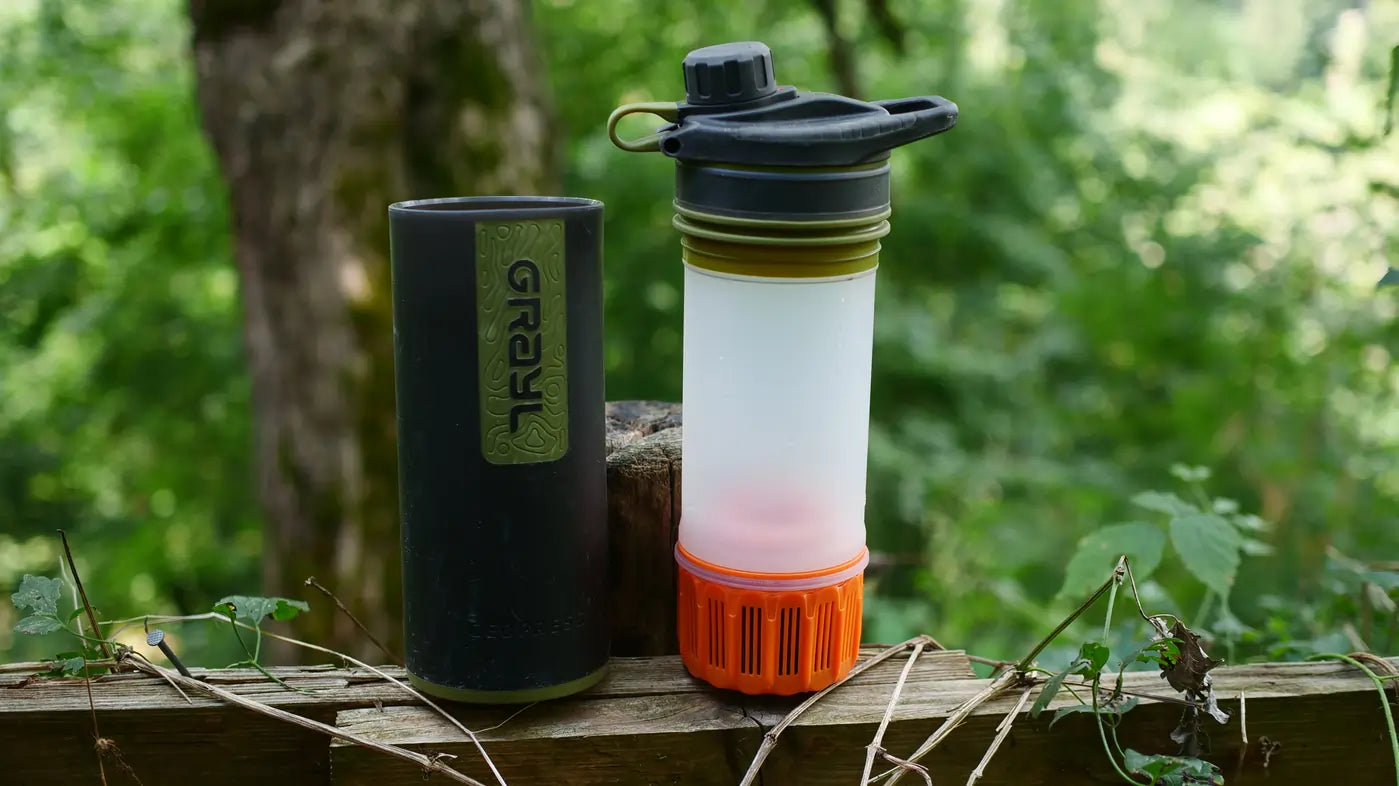
Which water is suitable for making coffee
Soft water is best for brewing coffee. However, when traveling, the first priority is to ensure the water is clean. Especially when rivers and lakes are the only available sources, filtration is paramount.
A few years ago, water thwarted a trip I was planning. I was kayaking along the Rhine from Basel to Koblenz. At one point, I ran out of water. It's hard to believe, but the Rhine also often flows through quieter stretches where there's no water nearby, or even no place to land the kayak. Back then, I made the mistake of drinking water from the Rhine, and I regretted it unpleasantly...

For my trip this year, I was prepared with the Grayl water filter. I used the filter to take water directly from the Aare River, filter it, and use it to make coffee. And not only that, I also consistently drank the water straight from the bottle throughout the entire trip. There were no adverse effects on my digestion, etc.
According to the manufacturer, the filter removes 99.99% of all viruses and bacteria from the water, as well as protozoa, microplastic and sediment particles, chemicals, and heavy metals. Pretty awesome. Maybe I should use it to filter my French press coffee again. :)
What the filter can't do: It makes brackish water taste bad. So be careful where you get your water, because bad-tasting water won't taste good even after the filter.
The filter is available directly from grayl , in Switzerland from bergzeit , in Germany and the EU from Amazon *.
Water hardness is a problem
The filter also has no effect on water hardness, at least the manufacturer doesn't provide any information on this. I'll check that myself in the next few days. Soft water makes for noticeably better coffee, and everyone notices it! Compromises are sometimes necessary when traveling and on the go, but there are a few tricks that can help you find soft water.
Water that stays mostly on the surface and hasn't spent years traveling from the rain stage through the groundwater is softer. This includes water from lakes and rivers, for example, especially if these rivers have a high meltwater content. If the water has flowed past lots of rocks as groundwater, it becomes increasingly enriched with salts. And magnesium and calcium in particular, as hardness-causing substances, with their opposite alkalinity, have a major influence on the taste of the coffee. Therefore: use river or lake water! Two good alternatives are rainwater and snow. Both have a low pH and are ideal for brewing filter coffee; in some cases, they can even be diluted with other water to ensure it's not too soft.
The ideal water hardness for filter coffee is around 3° German hardness (total hardness) and a corresponding alkalinity of 1-2° German hardness. Learn more in our detailed coffee water article .

How do I make coffee without electricity?
Hot water is essential for brewing coffee at the right temperature. However, electricity isn't necessary; it's simply the most convenient way.
When traveling, trekking, or camping, there are many great ways to heat water. From a fire to a gas stove or spirit burner—heating water takes some time, but it's almost always manageable.
Another great option is a small stove, which spreads its flames less than a fire. On the kayaking trip, we used a gas stove, of which there are numerous small and practical models, especially for trekking.
For day trips, consider bringing hot water in a thermos. Good thermoses keep the water at over 90°C for many hours, which is a good brewing temperature.
If you don't have a fire steel, gas stove, or lighter handy, this might be the perfect opportunity to try cold brew. We've compiled a basic cold brew recipe here, along with many variations using other ingredients.
What water temperature should I use to make coffee?
We've become accustomed to the phrase "Kaffee kochen" (cooking coffee) in German. However, the coffee should never boil. Boiling the brewing water, however, is a good indicator of when the right water temperature has been reached. Furthermore, boiling water for several minutes kills viruses, bacteria, and parasites in the water. This is recommended for water from lakes or rivers if you're not using a water filter.
Depending on the coffee used and the roast level, the waiting time varies. Filter coffees from specialty coffee roasters are generally lighter roasted. These coffees are very complex, have little bitterness, and can easily be brewed at very high temperatures. Temperatures of 94° to 98° Celsius are ideal. These types of coffees are roasted by us , as well as by the top-ranked roasters in the filter coffee competition, the Coffee Panel .
Coffees from supermarkets and many traditional roasters tend to be dark roasted. These coffees naturally have a pronounced bitterness. Since higher temperatures promote bitterness, high brewing temperatures should be avoided. Temperatures around 90°C are the best choice here. Therefore, you should wait longer after boiling the water. Depending on the size, the opening of the pot, and the outside temperature, the boiling water will cool to approximately 90°C in 3-5 minutes.
To our Swiss shop. We ship to Germany, Austria , and the EU from this site.
Can you make coffee in a pot?
Every holiday home and even a camper van has a pot. Colloquially, we also say that we make coffee. So, is a pot the right place to prepare it? Coffee shouldn't be "boiled" in the pot. However, the pot can be used to make good coffee.
However, coffee should not be exposed to boiling water or boiled for long periods of time, as this will trigger the coffee's own bitterness and overpower the coffee's delicate flavors.
Instead, use a pot to boil the water. Then, pour the coffee into a cup or pot. Use a coffee ratio of 1:16.6. This equates to 6 grams of coffee to 100 ml of water.
The coffee is then poured into the cup, and the water is then poured over it. After 4 minutes, the grounds should be broken up with a spoon and then skimmed off. Some of the coffee will now be at the bottom of the cup. However, if you drink carefully, you will have brewed a delicious, full-bodied coffee this way. Professional coffee tasters pour their coffee this way. However, they don't drink directly from the cup afterward; instead, they scoop the coffee with a cupping spoon, avoiding stirring up any particles.

How much coffee for how much water?
60 grams of coffee to 1 liter of water is the golden recipe for all filter coffee methods. This brewing ratio achieves the perfect balance between coffee strength and coffee bean extraction .
I'll discuss this interaction in more detail in an article about making filter coffee . But how do you determine the correct proportions while on the go? This is another reason why I liked the Bestargot coffee maker so much. The measurement markings inside ensure the correct amount of water. So all that's left is to weigh or measure the coffee accordingly.
I brought a small scale with me on my trip. In the video, I use the Timemore Nano and the Edo coffee scale.

For shorter trips, dosing coffee in durable and waterproof tubes* is an alternative. These hold almost exactly 18 grams of coffee, making them perfect for 300 ml of water. Since coffee in a bag tends to get damp quickly when traveling, transferring it to tubes isn't the worst solution.
Coffee scales in our shop:
- EDO coffee scale : DE and EU , Switzerland
- Timemore Nano :DE and EU , Switzerland
Freshly grind with the hand mill
The counterpart to good coffee, the right brewing ratio, decent water, and, of course, a good filter brewer is the hand grinder. With a hand grinder, the most important things are extracted from the coffee: complex aromas, flavor diversity, and freshness.
Coffee protects itself (partially) as long as it remains unground in the bean. Grinding increases the surface area of the coffee by the multitude of coffee particles. These then react individually with oxygen and light, accelerating the aging and oxidation of the coffee. The volatile aromas of coffee dissipate quickly. Just 30 minutes after grinding, we observed significant flavor changes in the coffee in a panel of inexperienced consumers.

That's why freshly grinding coffee is essential to extracting everything contained in the coffee bean. At the same time, a hand grinder fits easily into a travel bag. There are numerous good hand grinders on the market. In our video, we used the new Comandante x25 Trailmaster , which wasn't even fully available at the time of the video's release. It was specifically designed by Comandante for outdoor use and is even temporarily waterproof. Comandante is a German company and, with its high-priced grinders, is always a good choice in terms of quality.
We looked at more affordable hand mills in a comparison test of 14 hand mills under 100 euros (although this needs an update, as some of these mills are no longer on the market).
Other outdoor and camping brewers
There are many good coffee brewers that can be used while traveling, camping, trekking, or bushcraft. The following brewers are also mentioned in the video:
- Cafflano Go-Brew bottle: e.g. at Enjoy your Bike , Öko-Kapseln.de , Handcraft Coffee
- Sea to Summit X-Brew Coffee Dripper: Transa (CH) , Sea to Summit, Berg-Freund.ch , Amazon* , naturzeit
- Coffee Dribbler: currently not found anywhere.
- Flair pro: Test the Flair , Flair , Amazon*
- Yellow Campo Libre Mug: Amazon*
*Links marked with an asterisk are commission links. If you order through these links, it won't cost you any extra, but we receive a small commission. This allows us to purchase new equipment for testing.
![]()



